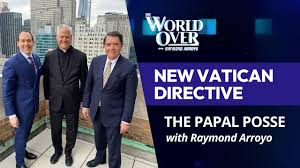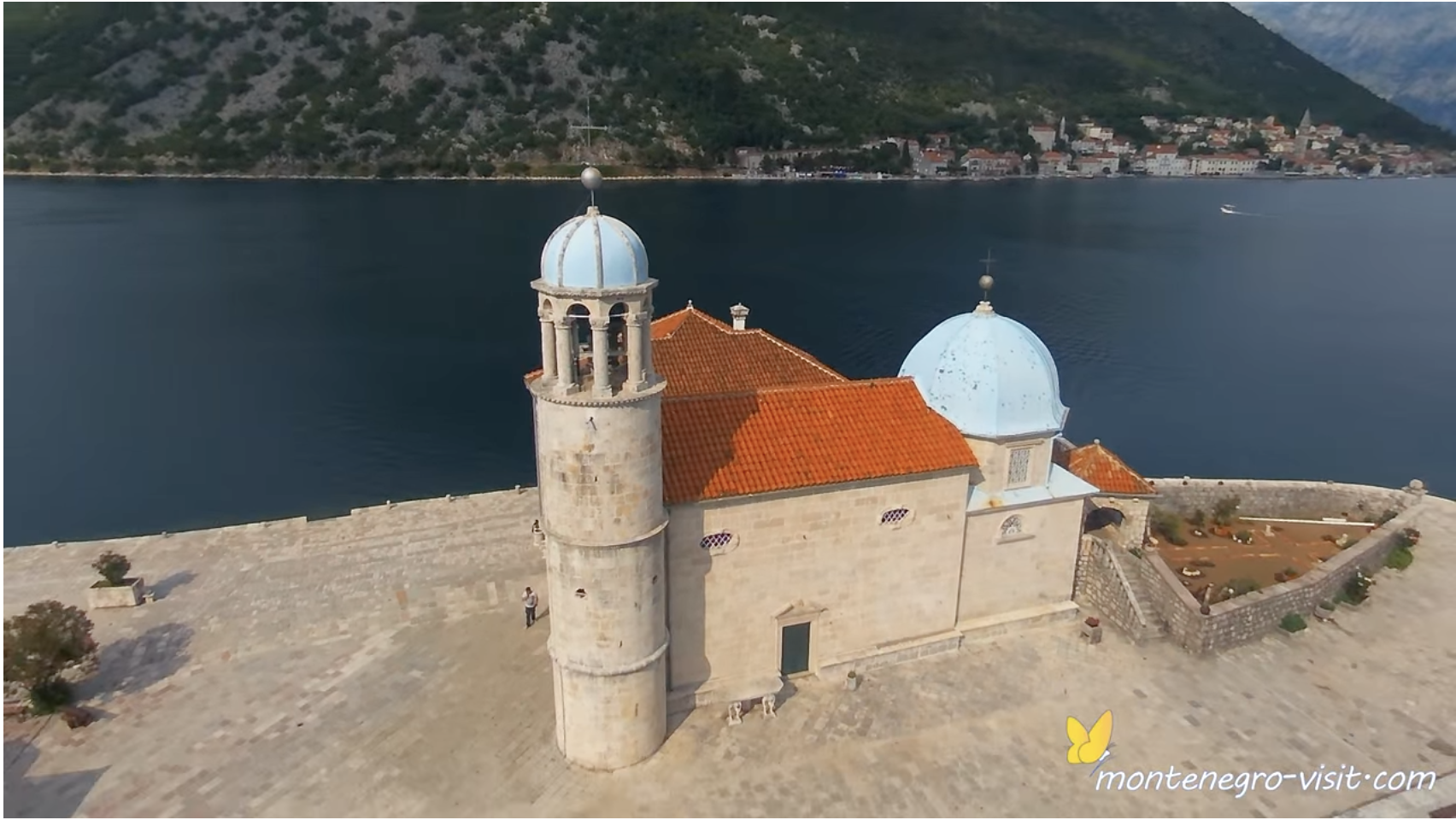One of the great secular achievements of medieval Christendom was the separation of Church and State – or more exactly, the separation of the spiritual power from the temporal power. In those days the temporal power was in the hands of emperors, kings, lesser monarchs, and a city-state republic here and there. The spiritual power was in the hands of the leaders of the Catholic Church – popes, bishops, parish priests, monks, and nuns.
This division of powers quite naturally and quite inevitably led to constant tension between the two powers, a tension that sometimes rose to the level of outright conflict, e.g., the conflict between pope and emperor during the investiture controversy, or the English conflict between King Henry II and Thomas a Becket, terminating in the assassination of the archbishop. Deplorable though these conflicts might have been, the separation of powers served, in a checks-and-balance kind of way, to assure that neither power became all-powerful. Room was left for a significant amount of private freedom, freedom for individuals and freedom for associations.
With the coming of the Protestant Reformation, the balance of power shifted. There was still a division of powers, the new Protestant clergy having now become the spiritual power. But the temporal power – the power of monarchs like Henry VIII and Elizabeth I – now became dominant over the spiritual power. The Protestant church, instead of being an equal power with the state, became something like a department of state.
To a certain extent in England, and to an even greater extent in colonial and early-republican America, the multiplicity of Protestant denominations and sects led the state, as a matter of practical necessity, to adopt a “hand off” policy toward religion, a policy that was codified in the First Amendment to the Constitution. In the United States, the Protestant clergy became a formidable spiritual power.
This Protestant spiritual power wasn’t exercised only from the pulpit on Sunday mornings. It was also exercised in the many Protestant colleges scattered over the American landscape, colleges that educated the nation’s leading social classes. And it was exercised in the immense world of Protestant publishing – books, magazines, and newspapers. You found it also in the YMCA and in Chautauqua lectures. In short, the great Protestant spiritual power in 19th century American was in its influence reminiscent of the great spiritual power possessed by the Catholic Church in the medieval era.

When Catholics began arriving in the United States in great numbers, the role of clerical leadership in American life did not change significantly; for the Catholic clerical class had at least as much influence, if not even more influence, on Catholics as did the Protestant clerical class on Protestants. The Catholic clerical leadership, like the Protestant, ran schools and colleges, published books, magazines, and newspapers, and created religion-themed social associations.
But this Protestant-Catholic clerical influence waned in the 20th century, undergoing a great collapse in the second half of the century. Among the many reasons for this waning and collapse were these two. On the Protestant side, a great divide opened up between liberal Protestants and fundamentalist Protestants. Liberal Protestantism compromised more and more with secularism, gradually abandoning one element after another of traditional Christian doctrine and morality. On the Catholic side, the clergy became very much less influential when their flocks knocked down the walls of the old “Catholic ghetto” and entered the mainstream of American life.
Among Protestants of the more or less fundamentalist stripe and among Mormons, the clergy still remain very influential, but these conservative Christians are vastly outnumbered by other Americans.
Does this mean that the spiritual power has disappeared, or is in the process of rapidly disappearing, from American life? No. A new power has emerged and has become dominant in the “spiritual” life of the nation – a new clerisy (to use a convenient term coined by Samuel Taylor Coleridge); a highly secularized clerisy; a profoundly a-Christian or even anti-Christian clerisy.
I refer to the powers that today dominate what may be called the three great “command posts” of American culture – our institutions of higher education, especially our high-prestige colleges and universities; our entertainment industry – the people who produce movies, TV programs, and popular music; and our mainstream media – that is, our national press, both print and electronic.
The clerisy who dominate these three institutions have little or no sympathy for old-fashioned Christianity, whether it comes in Catholic or Protestant forms. They are either atheists or near-atheists; they are great believers in, and champions of: fornication, unmarried cohabitation, abortion, homosexuality, and same-sex marriage. They look with indifference on the continuing collapse of the married two-parent family; and recently they have come to believe that Bruce Jenner is a perfectly splendid woman. They feel the time has long since come to abandon the old Christian view of life and experiment with a new view, a quite nonreligious view. Every day they work to promote this abandonment.
It is this highly secularized clerisy that provides the cultural food being consumed by our younger generations. May God have mercy on the USA.














